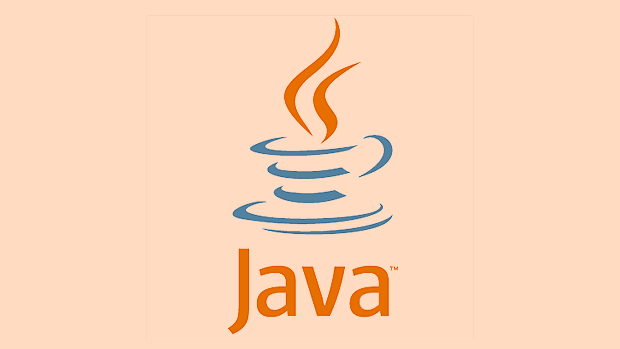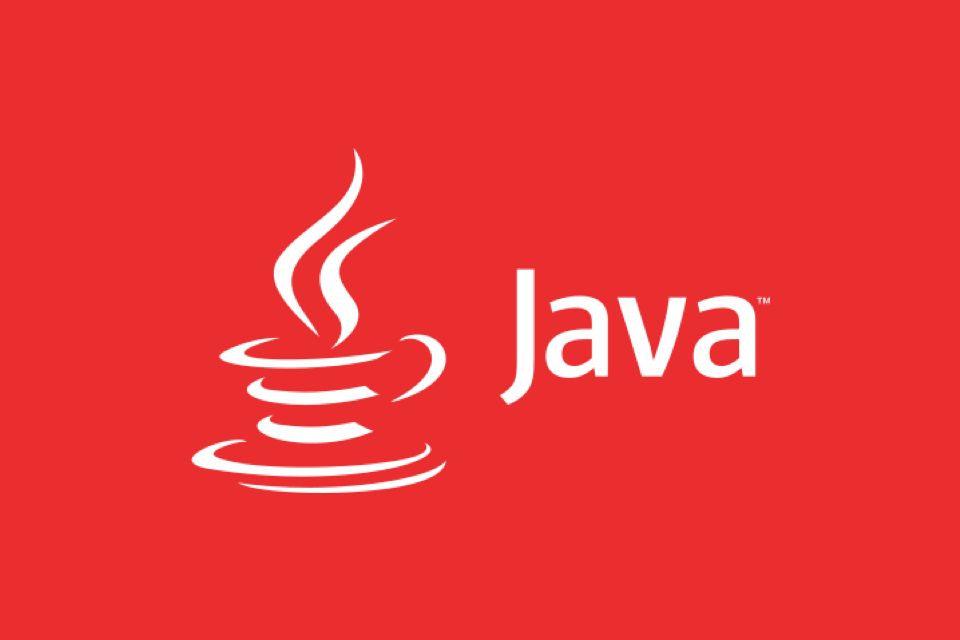Use SLF4J instead of Logback to ensure portability; 2. Replace string splicing with parameterized logs to improve performance; 3. Use TRACE/DEBUG/INFO/WARN/ERROR levels reasonably; 4. Structured logs through MDC for machine resolution; 5. Avoid recording sensitive information such as passwords or PII; 6. Configure AsyncAppender to prevent blocking the main thread; 7. Test log output with ListAppender—Follow these practices to enable logs to truly serve development and operation and maintenance, rather than create noise.

When it comes to logging in Java, SLF4J Logback is the gold standard — it's fast, flexible, and widely adopted. But just using them isn't enough. To get real value from your logs (debugging, monitoring, compliance), you need to follow best practices. Here's what actually matters in real-world apps:

? 1. Use SLF4J for Logging, Not Logback Directly
Always code against the SLF4J API , not Logback's native classes. This keeps your code portable and testable.
import org.slf4j.Logger; import org.slf4j.LoggerFactory; private static final Logger logger = LoggerFactory.getLogger(MyService.class);
Why?

- You can swap Logback for another backend (like Log4j2) later without changing code.
- SLF4J supports parameterized logging — critical for performance.
? Avoid this:
// DON'T do this — ties you to Logback ch.qos.logback.classic.Logger logger = ...
? 2. Use Parameterized Logging (Not String Concatenation)
This is the #1 performance win most people miss.

? Good:
logger.debug("User {} logged in from IP: {}", userId, ip);? Bad:
logger.debug("User " userId " logged in from IP: " ip); // String built even if debug is OFF Why?
SLF4J only evaluates the parameters if the log level is enabled. Huge difference in high-throughput apps.
? 3. Choose the Right Log Level
Use levels intentionally — not just info for everything.
-
TRACE– Very detailed (eg, entry/exit of methods) -
DEBUG– Dev-time info (eg, variable states) -
INFO– Key app events (eg, startup, user actions) -
WARN– Unexpected but handled (eg, fallback logic) -
ERROR– Something broke (eg, failed API call)
? Pro tip:
Use WARN for things that should be monitored but don't crash the app — ops teams often alert on ERROR only.
? 4. Structure Logs for Machines (Not Just Humans)
If you're using tools like ELK, Splunk, or Datadog — structure your logs.
Example with MDC (Mapped Diagnostic Context):
MDC.put("userId", userId);
MDC.put("requestId", UUID.randomUUID().toString());
logger.info("Processing payment"); In logback.xml :
<pattern>%d{HH:mm:ss.SSS} [%thread] %-5level %logger{36} %X{requestId} - %msg%n</pattern>This gives you:
- Correlation IDs for tracing requests
- Structured fields for filtering in dashboards
? 5. Don't Log Sensitive Data
Never log passwords, tokens, PII, or credit card numbers — even in debug.
? Dangerous:
logger.debug("User login attempt: {}", user.toString()); // Could leak password!? Safer:
logger.debug("User {} login attempt", user.getEmail());Use a logging maker or custom toString() that excludes sensitive fields.
? 6. Configure Async Appenders for Performance
If you're logging a lot (eg, high-frequency services), use AsyncAppender :
<appender name="ASYNC" class="ch.qos.logback.classic.AsyncAppender">
<appender-ref ref="FILE"/>
<queueSize>1000</queueSize>
<discardingThreshold>0</discardingThreshold>
</appender> Why?
It prevents logging from blocking your main thread — especially useful if writing to disk or network.
? 7. Test Your Logging
Yes, test it. Use ListAppender in unit tests:
ListAppender<ILoggingEvent> listAppender = new ListAppender<>();
listAppender.start();
logger.addAppender(listAppender);
// trigger your code
assertTrue(listAppender.list.stream()
.anyMatch(event -> event.getMessage().contains("expected message")));This ensures critical logs are actually emitted — especially for error paths.
Bottom line:
SLF4J Logback is powerful, but only if you use it right. Focus on structure, performance, and safety — not just dumping text to a file. These practices make logs useful for both devs and ops, not just noise.
Basically, just follow these and you're already ahead of 80% of Java apps out there.
The above is the detailed content of Java Logging Best Practices with SLF4J and Logback. For more information, please follow other related articles on the PHP Chinese website!

Hot AI Tools

Undress AI Tool
Undress images for free

Undresser.AI Undress
AI-powered app for creating realistic nude photos

AI Clothes Remover
Online AI tool for removing clothes from photos.

Clothoff.io
AI clothes remover

Video Face Swap
Swap faces in any video effortlessly with our completely free AI face swap tool!

Hot Article

Hot Tools

Notepad++7.3.1
Easy-to-use and free code editor

SublimeText3 Chinese version
Chinese version, very easy to use

Zend Studio 13.0.1
Powerful PHP integrated development environment

Dreamweaver CS6
Visual web development tools

SublimeText3 Mac version
God-level code editing software (SublimeText3)
 Asynchronous Programming Techniques in Modern Java
Jul 07, 2025 am 02:24 AM
Asynchronous Programming Techniques in Modern Java
Jul 07, 2025 am 02:24 AM
Java supports asynchronous programming including the use of CompletableFuture, responsive streams (such as ProjectReactor), and virtual threads in Java19. 1.CompletableFuture improves code readability and maintenance through chain calls, and supports task orchestration and exception handling; 2. ProjectReactor provides Mono and Flux types to implement responsive programming, with backpressure mechanism and rich operators; 3. Virtual threads reduce concurrency costs, are suitable for I/O-intensive tasks, and are lighter and easier to expand than traditional platform threads. Each method has applicable scenarios, and appropriate tools should be selected according to your needs and mixed models should be avoided to maintain simplicity
 Best Practices for Using Enums in Java
Jul 07, 2025 am 02:35 AM
Best Practices for Using Enums in Java
Jul 07, 2025 am 02:35 AM
In Java, enums are suitable for representing fixed constant sets. Best practices include: 1. Use enum to represent fixed state or options to improve type safety and readability; 2. Add properties and methods to enums to enhance flexibility, such as defining fields, constructors, helper methods, etc.; 3. Use EnumMap and EnumSet to improve performance and type safety because they are more efficient based on arrays; 4. Avoid abuse of enums, such as dynamic values, frequent changes or complex logic scenarios, which should be replaced by other methods. Correct use of enum can improve code quality and reduce errors, but you need to pay attention to its applicable boundaries.
 Understanding Java NIO and Its Advantages
Jul 08, 2025 am 02:55 AM
Understanding Java NIO and Its Advantages
Jul 08, 2025 am 02:55 AM
JavaNIO is a new IOAPI introduced by Java 1.4. 1) is aimed at buffers and channels, 2) contains Buffer, Channel and Selector core components, 3) supports non-blocking mode, and 4) handles concurrent connections more efficiently than traditional IO. Its advantages are reflected in: 1) Non-blocking IO reduces thread overhead, 2) Buffer improves data transmission efficiency, 3) Selector realizes multiplexing, and 4) Memory mapping speeds up file reading and writing. Note when using: 1) The flip/clear operation of the Buffer is easy to be confused, 2) Incomplete data needs to be processed manually without blocking, 3) Selector registration must be canceled in time, 4) NIO is not suitable for all scenarios.
 How Java ClassLoaders Work Internally
Jul 06, 2025 am 02:53 AM
How Java ClassLoaders Work Internally
Jul 06, 2025 am 02:53 AM
Java's class loading mechanism is implemented through ClassLoader, and its core workflow is divided into three stages: loading, linking and initialization. During the loading phase, ClassLoader dynamically reads the bytecode of the class and creates Class objects; links include verifying the correctness of the class, allocating memory to static variables, and parsing symbol references; initialization performs static code blocks and static variable assignments. Class loading adopts the parent delegation model, and prioritizes the parent class loader to find classes, and try Bootstrap, Extension, and ApplicationClassLoader in turn to ensure that the core class library is safe and avoids duplicate loading. Developers can customize ClassLoader, such as URLClassL
 Handling Common Java Exceptions Effectively
Jul 05, 2025 am 02:35 AM
Handling Common Java Exceptions Effectively
Jul 05, 2025 am 02:35 AM
The key to Java exception handling is to distinguish between checked and unchecked exceptions and use try-catch, finally and logging reasonably. 1. Checked exceptions such as IOException need to be forced to handle, which is suitable for expected external problems; 2. Unchecked exceptions such as NullPointerException are usually caused by program logic errors and are runtime errors; 3. When catching exceptions, they should be specific and clear to avoid general capture of Exception; 4. It is recommended to use try-with-resources to automatically close resources to reduce manual cleaning of code; 5. In exception handling, detailed information should be recorded in combination with log frameworks to facilitate later
 How does a HashMap work internally in Java?
Jul 15, 2025 am 03:10 AM
How does a HashMap work internally in Java?
Jul 15, 2025 am 03:10 AM
HashMap implements key-value pair storage through hash tables in Java, and its core lies in quickly positioning data locations. 1. First use the hashCode() method of the key to generate a hash value and convert it into an array index through bit operations; 2. Different objects may generate the same hash value, resulting in conflicts. At this time, the node is mounted in the form of a linked list. After JDK8, the linked list is too long (default length 8) and it will be converted to a red and black tree to improve efficiency; 3. When using a custom class as a key, the equals() and hashCode() methods must be rewritten; 4. HashMap dynamically expands capacity. When the number of elements exceeds the capacity and multiplies by the load factor (default 0.75), expand and rehash; 5. HashMap is not thread-safe, and Concu should be used in multithreaded
 Explained: Java Polymorphism in Object-Oriented Programming
Jul 05, 2025 am 02:52 AM
Explained: Java Polymorphism in Object-Oriented Programming
Jul 05, 2025 am 02:52 AM
Polymorphism is one of the core features of Java object-oriented programming. Its core lies in "one interface, multiple implementations". It implements a unified interface to handle the behavior of different objects through inheritance, method rewriting and upward transformation. 1. Polymorphism allows the parent class to refer to subclass objects, and the corresponding methods are called according to the actual object during runtime; 2. The implementation needs to meet the three conditions of inheritance relationship, method rewriting and upward transformation; 3. It is often used to uniformly handle different subclass objects, collection storage and framework design; 4. When used, only the methods defined by the parent class can be called. New methods added to subclasses need to be transformed downward and accessed, and pay attention to type safety.
 Effective Use of Java Enums and Best Practices
Jul 07, 2025 am 02:43 AM
Effective Use of Java Enums and Best Practices
Jul 07, 2025 am 02:43 AM
Java enumerations not only represent constants, but can also encapsulate behavior, carry data, and implement interfaces. 1. Enumeration is a class used to define fixed instances, such as week and state, which is safer than strings or integers; 2. It can carry data and methods, such as passing values ??through constructors and providing access methods; 3. It can use switch to handle different logics, with clear structure; 4. It can implement interfaces or abstract methods to make differentiated behaviors of different enumeration values; 5. Pay attention to avoid abuse, hard-code comparison, dependence on ordinal values, and reasonably naming and serialization.






